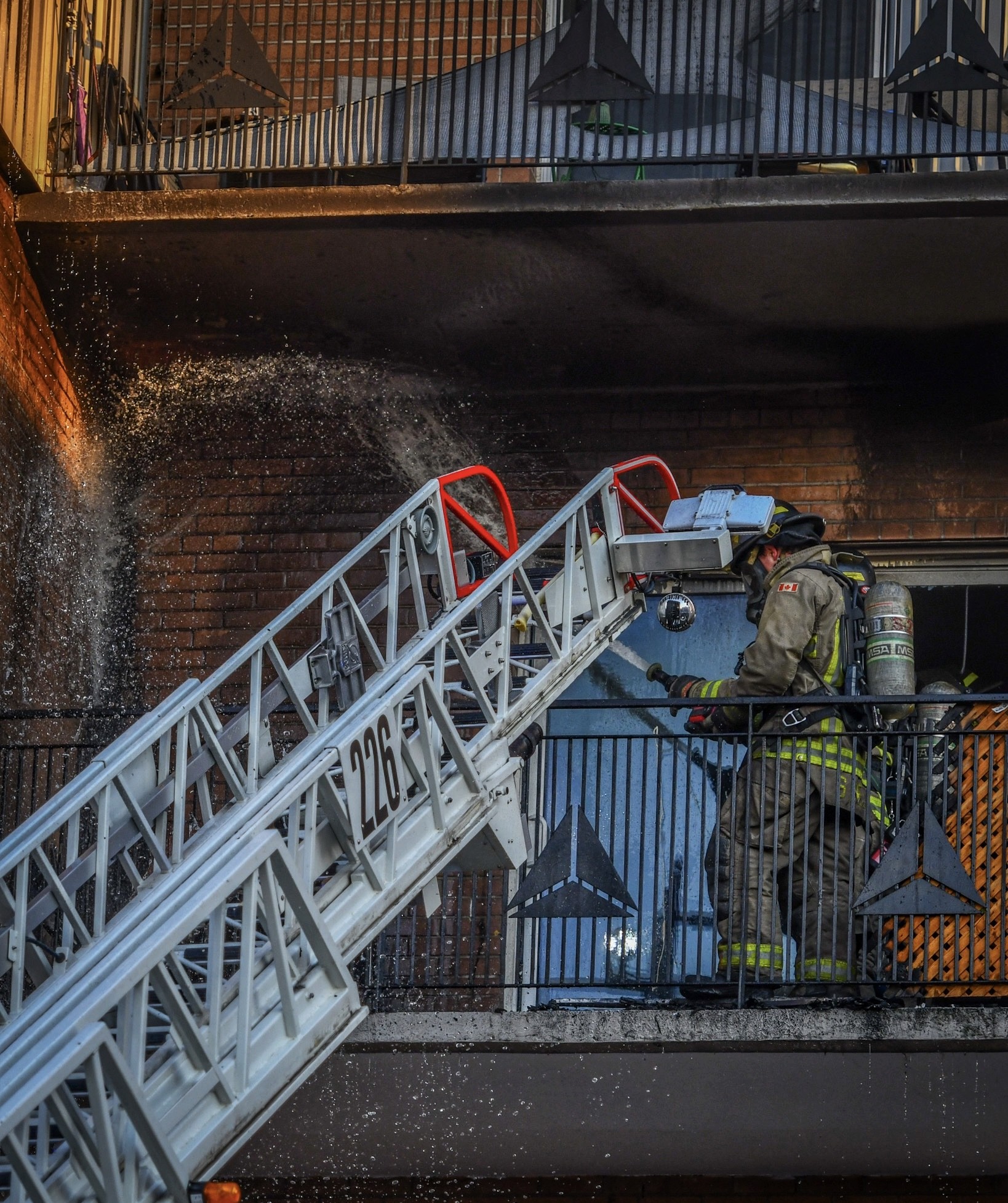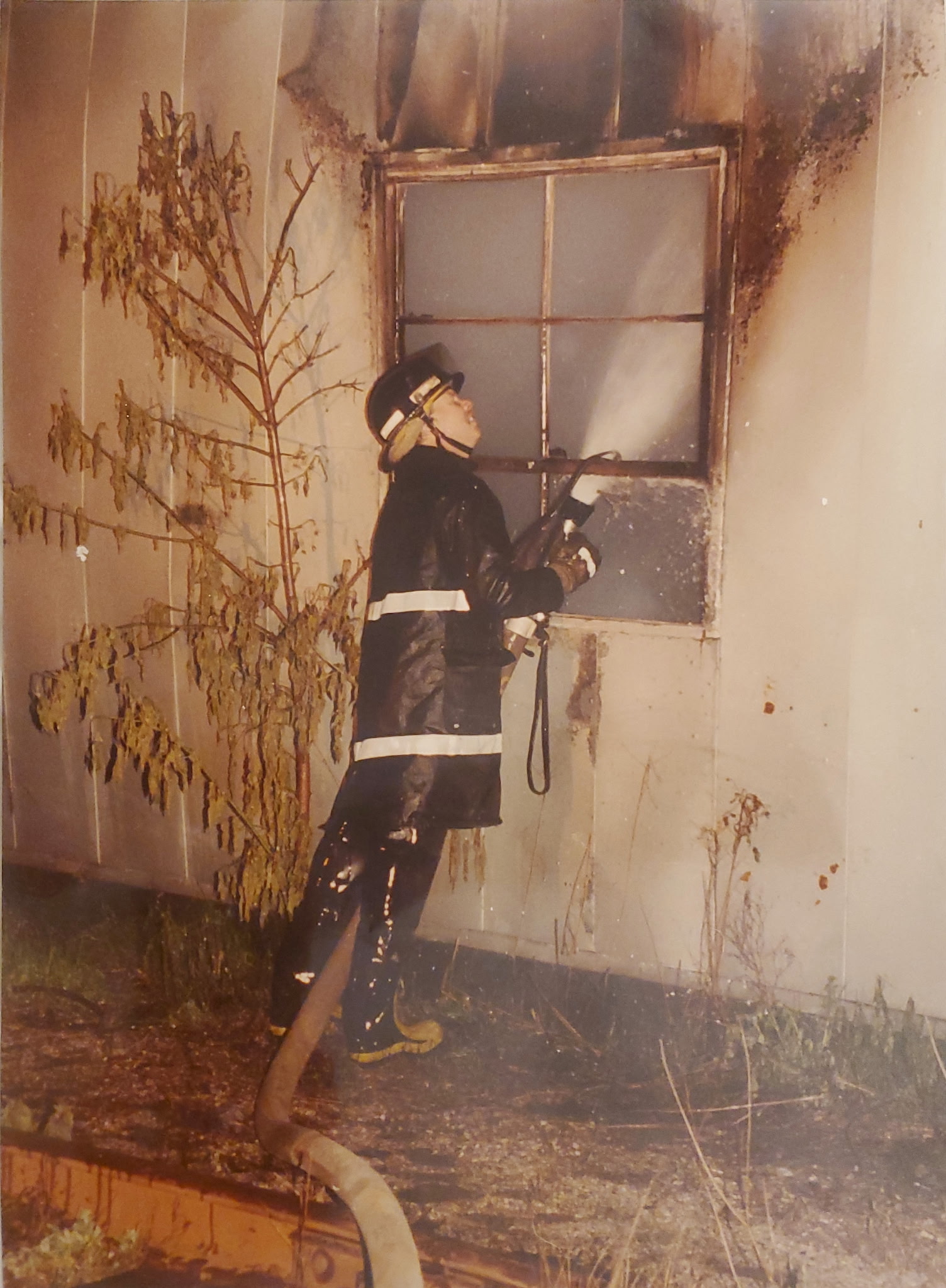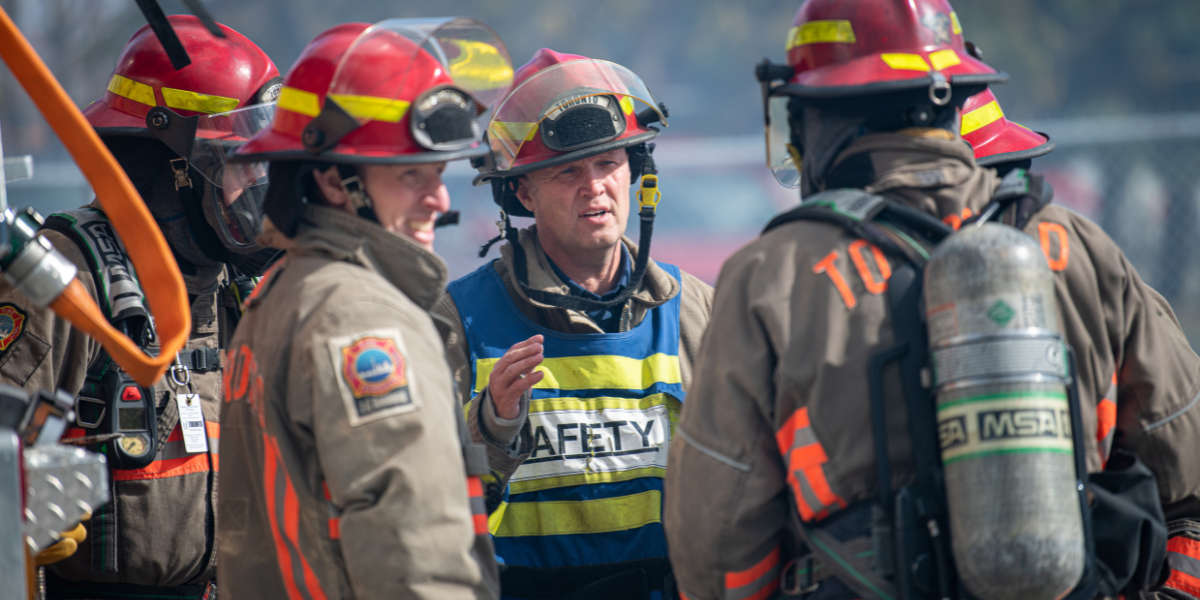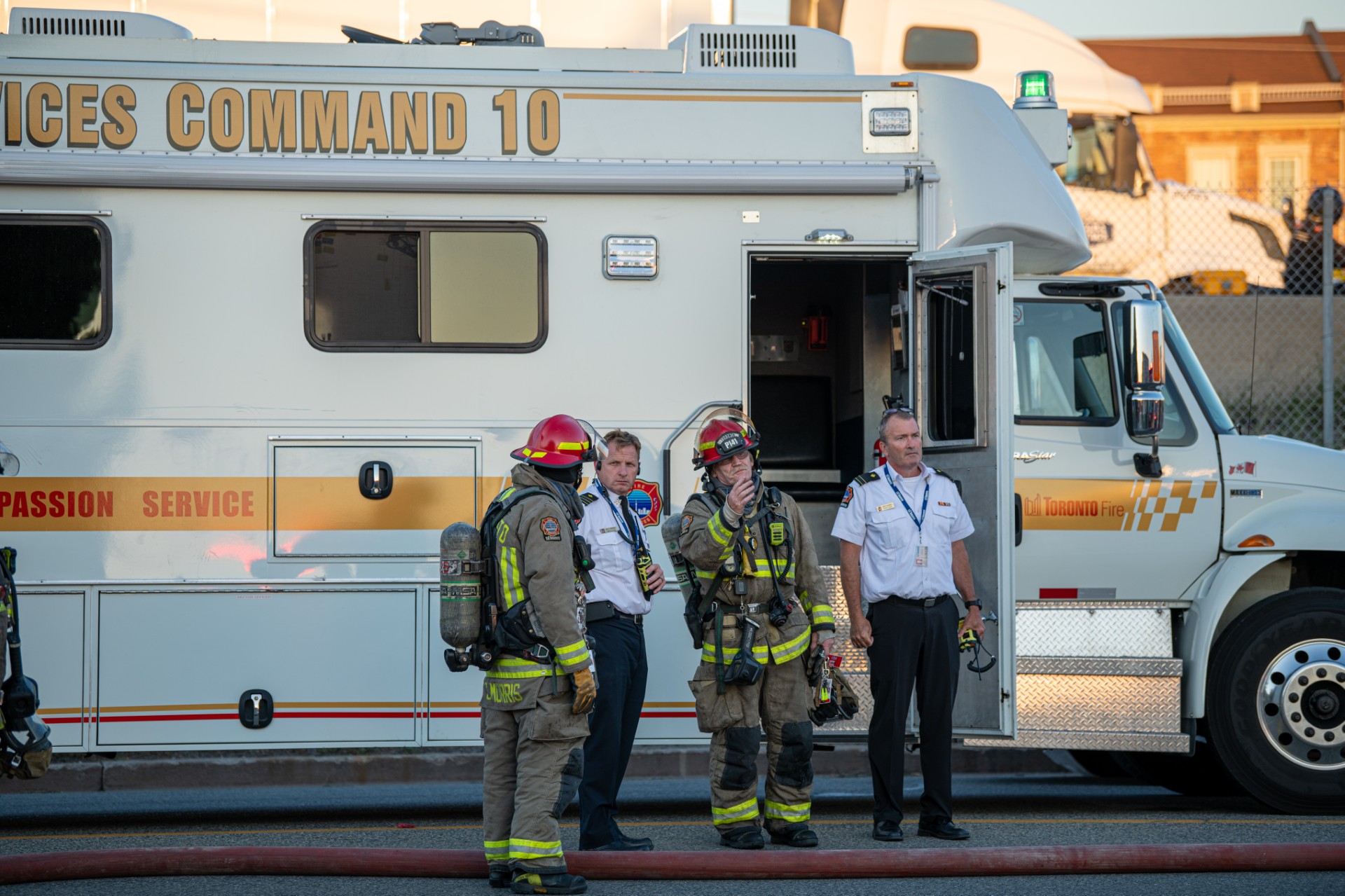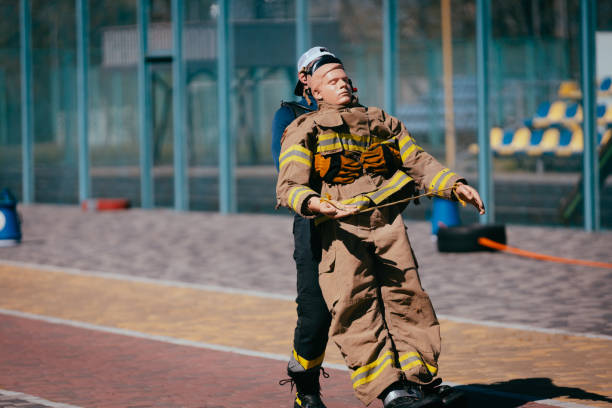The Path to Firefighting: The Portfolio and Calendar
I have two sons who are firefighters – Jerami and Denning. Each of them took a different path to becoming firefighters – Jerami through a support division, and Denning directly to Operations, but the commonalities of their paths were easily identifiable, determined either by what most fire departments were demanding of applicant candidates, or by standards and regulations imposed by provincial fire marshals, etc.
Typically, there's a minimum applicant requirement for firefighter education combined with some minimum training requirements, e.g. first-aid, and driver licencing, with independent testing becoming increasingly common. After that, it's often about 'preferred' qualifications, e.g. volunteer, or previous related experience, additional formal education, etc. That might get you past the initial screening to either a review of your documents, the interview, or both. Regardless of the process in which you are finally successful, it's best to start your journey with identifying the commonalities then preparing for possibilities.
Fire departments can be unpredictable in their recruitment requirements. What they did last time might not be what they do next time. You do your best to watch the trends – social media; Internet; keeping copies of job postings and dating and reviewing them for hints.
Portfolio
I recommend starting a document portfolio early in the journey (we used a binder with plastic sleeve inserts), and combining it with a good calendar.
The portfolio is invaluable. We got caught off-guard several times scrambling for documents we didn't anticipate needing. Two that I recall in particular were the immunization record, and the high school diploma. I know where my high school diplomas are, but I'm a nerd, so it doesn't count. We learned early in the pursuit to think not only in terms of qualifications, but especially in terms of proving them.
You can keep your portfolio organized by date, by topic, etc., as long as you understand the system you've chosen and can readily access documents within it. For example, you might choose to separate your documents as I've done below.
You may be required to keep certain documents with you for certain activities, e.g. driver and boating licence, so it may be helpful to copy these and place the copy in your portfolio to provide a reminder during the recruitment process.
With respect to item 2 above, it's possible, perhaps likely, that formal education documents will require some form of standardized independent certification of compliance with standards. The two most common compliance agencies in the fire service are ProBoard and IFSAC (see our article on Becoming a Firefighter in Ontario in the Archives on our website.) The ProBoard and IFSAC issuing agency for these types of certifications in Ontario is the Office of the Fire Marshal (OFM). You should know the issuing agency in your province and include the certifications.
With respect to item 4 above, The Ontario Fire Marshal released a memo in March 2025 warning firefighter candidates not only of possible health and safety concerns associated with third-party trainers, but also of the possibility that the pursuit of this type of training, or the pursuit of credentialism, might not be a requirement for firefighter certification necessary for employment (in Ontario). It begs the question whether a potential employer might still favour such additional training, even if just considering it as related experience, but that's a decision to be made as you investigate the trends. In as much as the memo contains cautionary information for students/candidates, there are actually three players in the equation, including municipal fire departments and likely human resources departments that structure the recruitment evaluation systems. The memo does speak to certified training conducted by municipalities after hiring. Some municipalities may outsource that training to the same companies that provide the identical training in the private-sector. That may be worth considering. In any event, Ontario has passed Regulation 343/22 (link below) under the Fire Protection and Prevention Act detailing requirements for the implementation of Ontario Firefighter Certification over the next few years. That trend is obvious and you should note the dates and requirements. I've provided a link to the Regulation below.
With respect to item 7 above, many, I think most, Canadian fire departments will require applicants/candidates to have passed some form of physical and mental agility testing. One of the more common physical agility tests is the Candidate Physical Ability Test (CPAT), a joint initiative of the International Association of Fire Chiefs (IAFC) and the International Association of Fire Fighters (IAFF) through their Fire Service Joint Labour Management Wellness-Fitness Initiative. Mental agility testing often includes aptitude testing. Some fire departments are also using psychological tests as part of their recruitment processes. We will be featuring articles on testing techniques and tips in upcoming issues.
Calendar
This is where the calendar comes in. Some of the items in your portfolio will have expiry dates that have to be carefully managed, especially if there are wait times associated with renewal, and especially, as we found out, if you don't pass the first time and have to re-test. Some tests may require a waiting period before you are able to re-test. You don't want to lose currency during a recruitment process if that process requires currency (some don't). You might consider it best not to risk it.
Whatever type of calendar you use, paper, digital, smartphone, desktop, monthly, annual…the challenge is to develop a system that accounts for the documents that expire, within the context of their individual testing and re-testing schedules, and which assures that you are current for recruitment processes that you may, or may not be able to predict.
In Conclusion
Depending on the jurisdiction, the process may be daunting, for sure. Your agility will be tested, your patience may be tested, and your motivation may be tested. I know, I watched two sons negotiate the processes for a number of years. Here's what I said at first;
"A correlation is a relationship between two things such that as one changes, the other changes in the same, or opposite direction. If it changes in the same direction (one goes up, the other goes up), it's a positive correlation. If one goes up and the other goes down, it's a negative correlation. Correlations can be strong – both things change the same amount, or weak – one doesn't change as much as the other. The strongest positive correlation to success is…perseverance."
I eventually got that down to the last sentence. Actually, I eventually got it down to "The strongest…," and they finished the rest.
I think it was Wayne Gretzky who said it much better, "You miss 100% of the shots you don't take."
Here's the moral: If you really want to be a firefighter – – Don't Give Up!
Watch for more hints in upcoming issues.
Ontario Office of the Fire Marshal memo on Unregulated Third-Party Training Providers: Microsoft Word – FM Memo Unregulated third-party training providers (003)
Ontario Regulation 343/22 O. Reg. 343/22 FIREFIGHTER CERTIFICATION | ontario.ca

